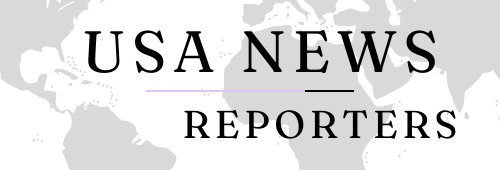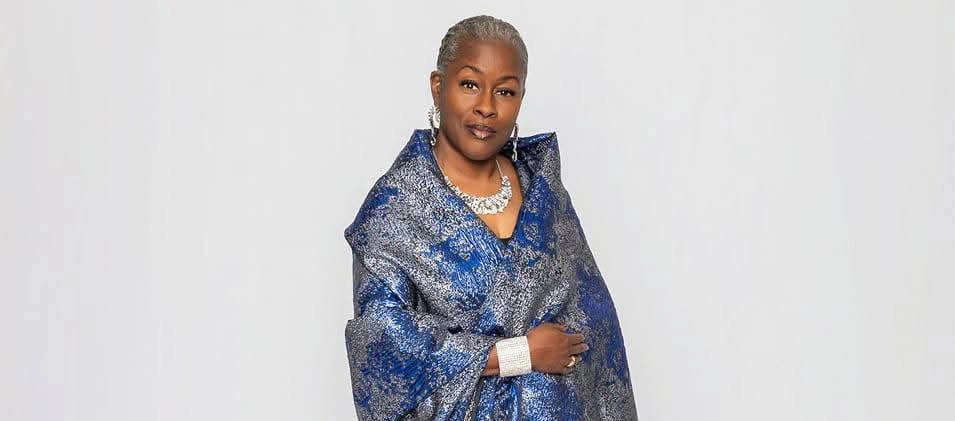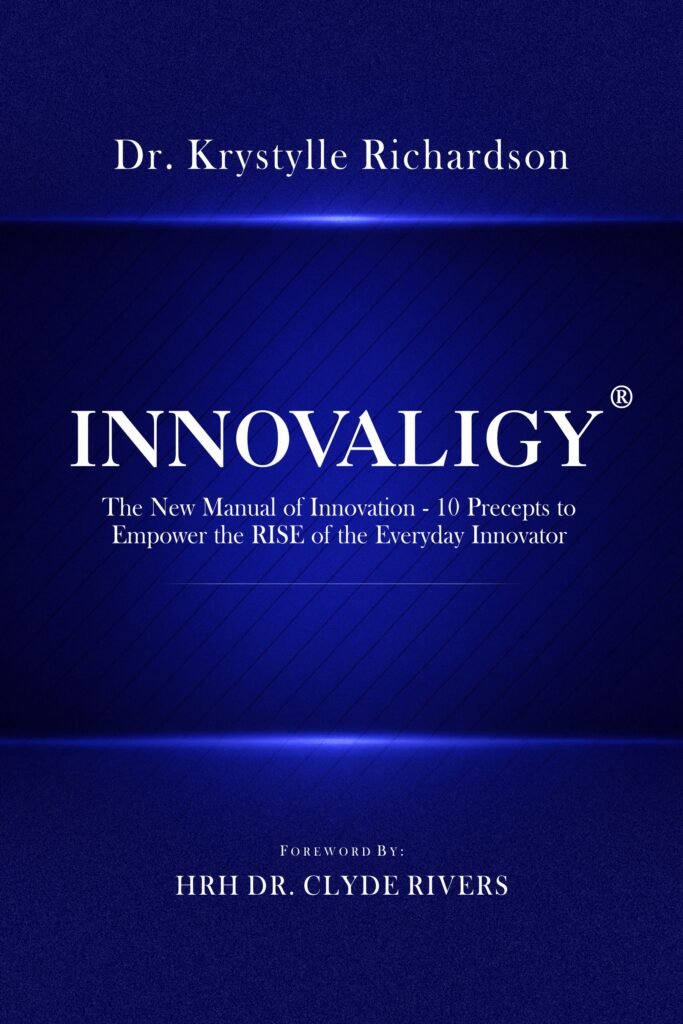Like the US President, Work Culture Is Changing

In recent years, the world of work in the United States has undergone a significant transformation, mirroring shifts in leadership and broader societal changes, particularly under the administration of President Donald Trump. As the country navigates an evolving political climate, workplaces are also adapting to new expectations, technological advances, and shifting cultural values. These changes are not just a response to external factors, but also a reflection of deeper shifts in the way people approach their careers, leadership, and the work environment. The parallels between these changes in leadership and the way we work offer a compelling lens through which we can understand the future of work and its impact on American society.
One of the most notable shifts in work culture is the increasing demand for flexibility in the workplace. The rise of remote work, telecommuting, and hybrid work models are reshaping how businesses approach work arrangements. This trend accelerated during the COVID-19 pandemic, which forced many businesses to adapt quickly to a new reality of operating from home. What began as a temporary measure to ensure safety has evolved into a permanent change for many companies, as employees increasingly seek more autonomy over their work schedules and locations.
This shift in work culture parallels the unorthodox leadership style that President Trump brought to the White House. Just as Trump’s administration pushed back against conventional norms, with a leadership style that was often direct, disruptive, and unconventional, American businesses are increasingly adopting more flexible and decentralized approaches to management. These shifts in both leadership and workplace culture reflect a growing recognition that innovation and productivity do not always require a traditional 9-to-5 office environment. As such, businesses are offering more remote and flexible working options, empowering employees to choose how, when, and where they work.
Technological advancements have been central to this shift. With the rise of cloud computing, video conferencing, project management software, and digital collaboration tools, it has become easier than ever for workers to remain connected and productive regardless of their location. Teams can now collaborate in real-time across different time zones, and executives are no longer tied to their offices to oversee operations. As work becomes increasingly digital, the expectations of what constitutes a “workday” are also changing. In today’s environment, employees are evaluated more on their performance and results rather than the number of hours spent in a physical office. The flexibility that comes with technology is empowering employees to find work-life balance while still meeting professional goals and expectations.
This trend also reflects the shift toward a results-oriented approach to management, much like the approach taken by Trump during his time in office. Under his leadership, there was an emphasis on outcomes rather than processes. In the business world, this has translated into a preference for employees who can self-manage, meet deadlines, and contribute to the success of the company, regardless of where they are physically located. Just as Trump’s style was marked by his focus on achieving tangible results, workplaces today are increasingly focused on delivering results without being bogged down by rigid structures or time constraints.
Furthermore, the growing emphasis on flexibility and autonomy has led to a more entrepreneurial mindset within the workforce. Employees, especially younger generations, are looking for more than just a paycheck; they are seeking purpose, personal growth, and the freedom to shape their own career paths. In a world where workers have more control over their professional lives, they are more likely to take on new responsibilities, innovate, and contribute to the success of the organization in ways that go beyond traditional roles. This shift toward entrepreneurship within the workforce has been further accelerated by the rise of freelancing, gig work, and side hustles, all of which offer greater freedom and control over one’s professional life.
However, these changes in work culture are not without challenges. As companies increasingly embrace flexible work arrangements, there are concerns about the erosion of traditional work structures and the potential loss of workplace culture. The lack of in-person interaction can make it harder to build strong relationships among employees, and some worry that the absence of a central office may lead to isolation and decreased collaboration. Additionally, the rise of remote work has raised questions about how to maintain accountability and ensure that employees are delivering results. While technology has made remote work more feasible, it has also created new challenges for managers who must adapt their leadership styles to this new environment.
Another concern is the potential for blurred boundaries between work and personal life. The flexibility of remote work means that employees may find it difficult to “switch off” at the end of the day, leading to burnout and mental health issues. As employees work from home, the distinction between their professional and personal lives becomes less clear, which can contribute to stress and a feeling of always being “on call.” While the freedom to work from anywhere is an attractive benefit, it also brings with it the risk of work-life imbalance.
Despite these challenges, the broader trend towards flexible work arrangements is likely to continue as businesses and employees adapt to a new way of working. The shift away from traditional office settings is a reflection of the growing recognition that the future of work will be more decentralized, dynamic, and flexible. Just as President Trump’s leadership style was marked by a willingness to break from tradition, American businesses are embracing new ways of working that prioritize flexibility, autonomy, and outcomes over rigid structures and time constraints.
In conclusion, the changing work culture in the United States is a direct reflection of broader societal shifts, including the evolving leadership style of President Trump. As work becomes more digital and decentralized, employees are seeking greater flexibility, autonomy, and control over their careers. While these changes offer exciting opportunities for innovation and work-life balance, they also present challenges that need to be carefully navigated. The future of work will require businesses to be more adaptable, innovative, and open to new ways of thinking. As we move forward, it will be important to ensure that these changes foster a positive, inclusive, and productive work environment for all employees.
Stay up-to-date with the latest trends in work culture, leadership, and innovation by subscribing to our expert insights at www.innovationtimes.com.










